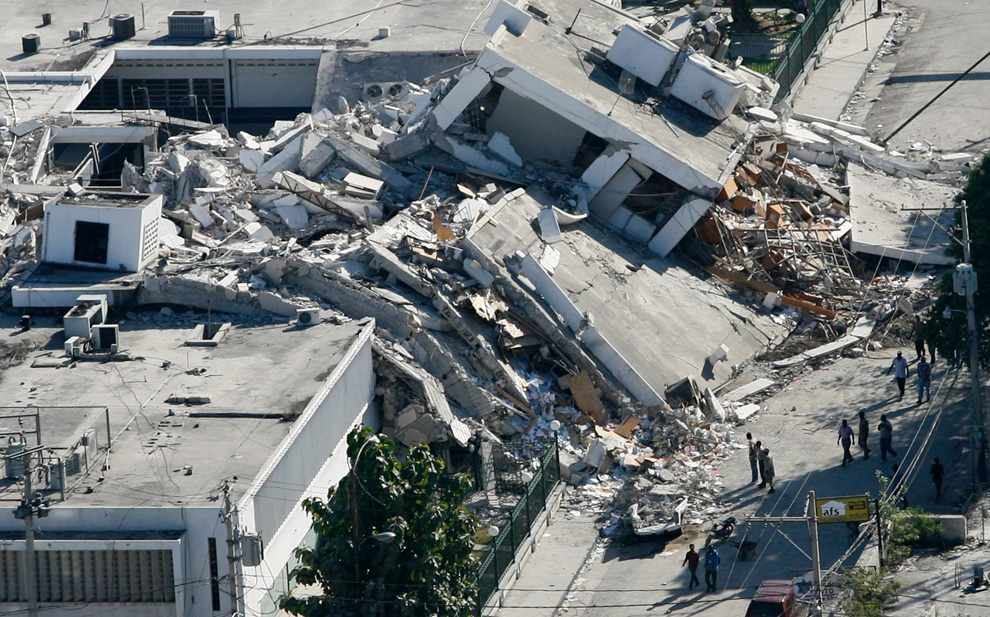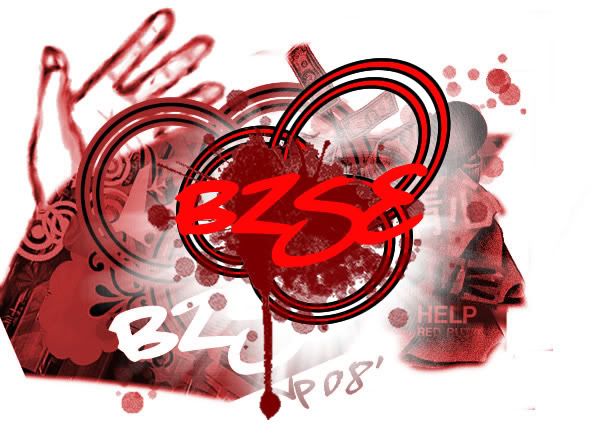Alison's Post
International development assistance: Red Cross –Haiti
Challenges in international aid delivery due to location
In January this year, a magnitude of 7.0 earthquake struck Haiti’s capital Port-au-Prince, leaving more than hundreds of thousands of people killed, injured and homeless.
There are 3 main factors pertaining to the challenges in delivering international aid to Haiti that impede the relief work of Red Cross. These factors centre on the damaged infrastructures which in turn, hinders the effectiveness of aid resources due to slow delivery.
The first factor: Airport and Seaport
Despite having all the necessary resources brought in to Haiti, the aid was unable to reach the victims due to the damaged seaport and airport in Port-au-Prince. Hence, even if Haiti has all the aid they need, they will not be able to offload the supplies as a result of the damaged seaport lifting gear. Furthermore, there were severe limitations affecting the aid delivery as the airport was not functioning as per normal with a lack of ground light signals, damaged runways and the destruction of the air control tower.
Adding on to these challenges is the fact that the international airport in Haiti is relatively small where it can only allow for 9 or 10 planes at a time. Notwithstanding the amount of time taken for planes to disembark, offload and take off again, the paper works, refuelling and clearance take up extra time and result in the inefficiency and ineffectiveness of the distribution of aid.
Second factor: Communication
The second challenge pertains to the breakdown of telecommunications in Port-au-Prince in terms of landline and cell phone networks. With this disruption, it brings about uncertainties and difficulties in communicating alternative access routes to Red Cross and can consequently delay the relief aid to victims. What is more frustrating and problematic is the coordination of resources with a myriad of stakeholders such as government bodies, transportation companies, and disaster relief organisations to orchestrate a rescue and recovery mission.
Third factor: Roads
Most of the roads inside Port-au-Prince have been damaged and blocked with debris, as unless those rubbles are cleared, there will be a limited number of access roads to drive on. On top of this, most of the vehicles and trucks are damaged in the earthquake which consequently means that there are an inadequate number of transport vehicles to distribute aid to the city. Because of these issues, it is no wonder that some victims have taken to protest because of the delay in international aid.
As seen from these factors, these circumstances pose challenges in delivering international aid by the Red Cross because of the conditions of the aftermath earthquake in Haiti.


Recommendations to solve the challenges
In the initial stage, Red Cross could have collaborated with Haiti’s neighbouring country, the Dominican Republic, for the use of its seaports and international airports as it wasn’t damaged in the earthquake. Besides these, one other long-term solution Red Cross can provide to Haiti is the resources and manpower they need to rebuild a bigger international airport that can allow for more than 10 airplanes at a single time. This would ensure a larger capacity of aid resources delivered to the affected sites. I believe that this would provide a platform to better effectively deliver relief aid.
We Loved11:56 PM





 April 2008
April 2008